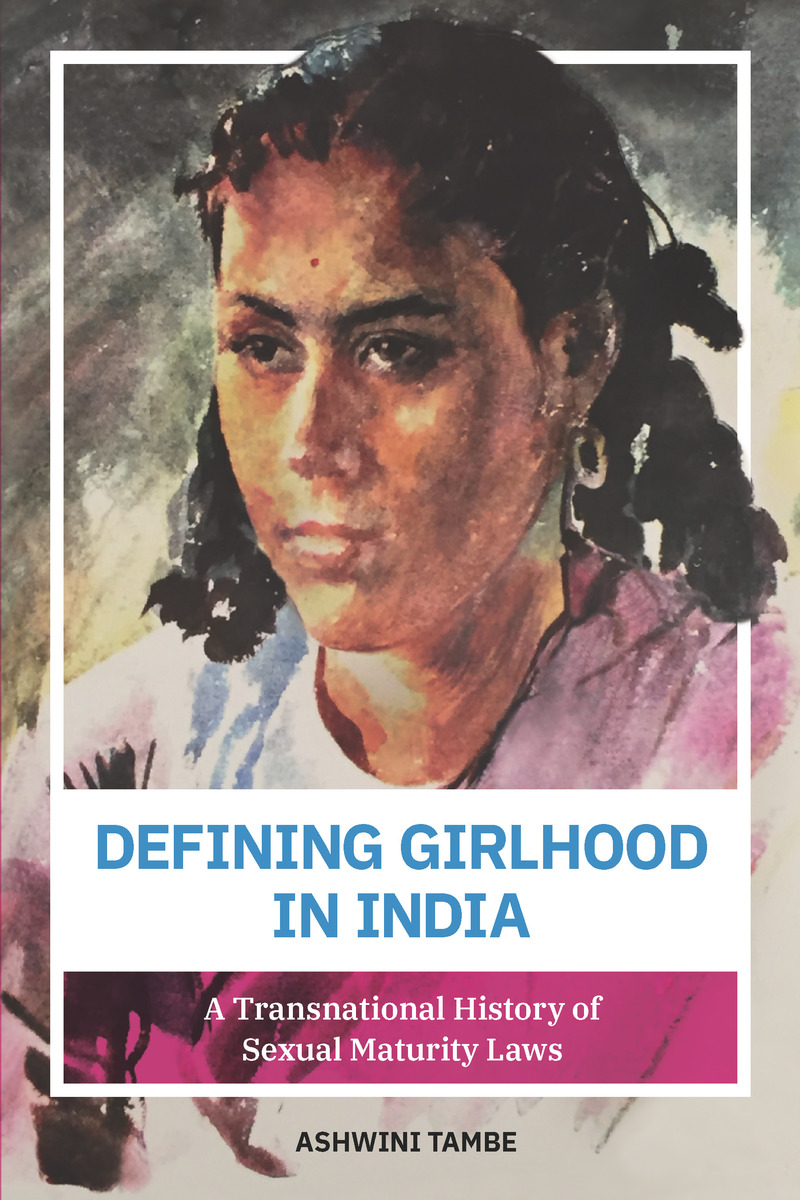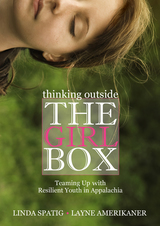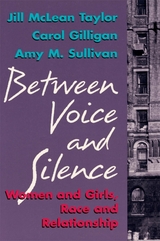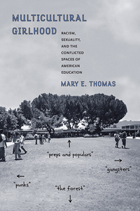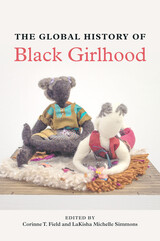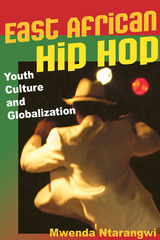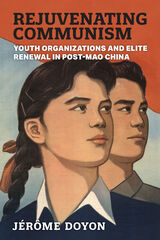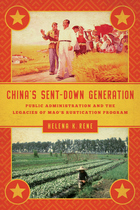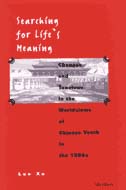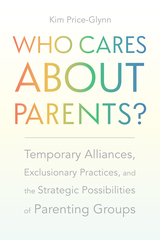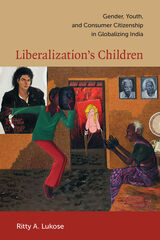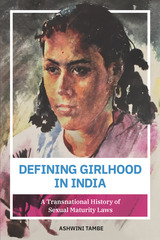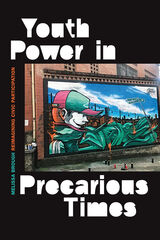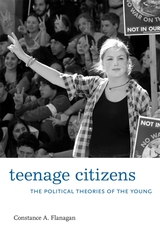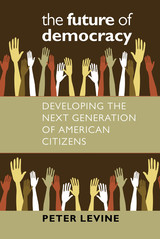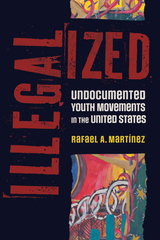Defining Girlhood in India: A Transnational History of Sexual Maturity Laws
University of Illinois Press, 2019
Cloth: 978-0-252-04272-0 | Paper: 978-0-252-08456-0 | eISBN: 978-0-252-05158-6 (standard)
Library of Congress Classification HQ799.I5.T36 2019
Dewey Decimal Classification 305.23520954
Cloth: 978-0-252-04272-0 | Paper: 978-0-252-08456-0 | eISBN: 978-0-252-05158-6 (standard)
Library of Congress Classification HQ799.I5.T36 2019
Dewey Decimal Classification 305.23520954
ABOUT THIS BOOK | AUTHOR BIOGRAPHY | REVIEWS | TOC
ABOUT THIS BOOK
At what age do girls gain the maturity to make sexual choices? This question provokes especially vexed debates in India, where early marriage is a widespread practice. India has served as a focal problem site in NGO campaigns and intergovernmental conferences setting age standards for sexual maturity. Over the last century, the country shifted the legal age of marriage from twelve, among the lowest in the world, to eighteen, at the high end of the global spectrum. Ashwini Tambe illuminates the ideas that shaped such shifts: how the concept of adolescence as a sheltered phase led to delaying both marriage and legal adulthood; how the imperative of population control influenced laws on marriage age; and how imperial moral hierarchies between nations provoked defensive postures within India. Tambe takes a transnational feminist approach to legal history, showing how intergovernmental debates influenced Indian laws and how expert discourses in India changed UN terminology about girls. Ultimately, Tambe argues, the well-meaning focus on child marriage has been tethered less to the interests of girls themselves and more to parents’ interests, achieving population control targets, and preserving national reputation.
See other books on: Adolescence | Adulthood | Gender & the Law | Teenage girls | Transnational History
See other titles from University of Illinois Press
